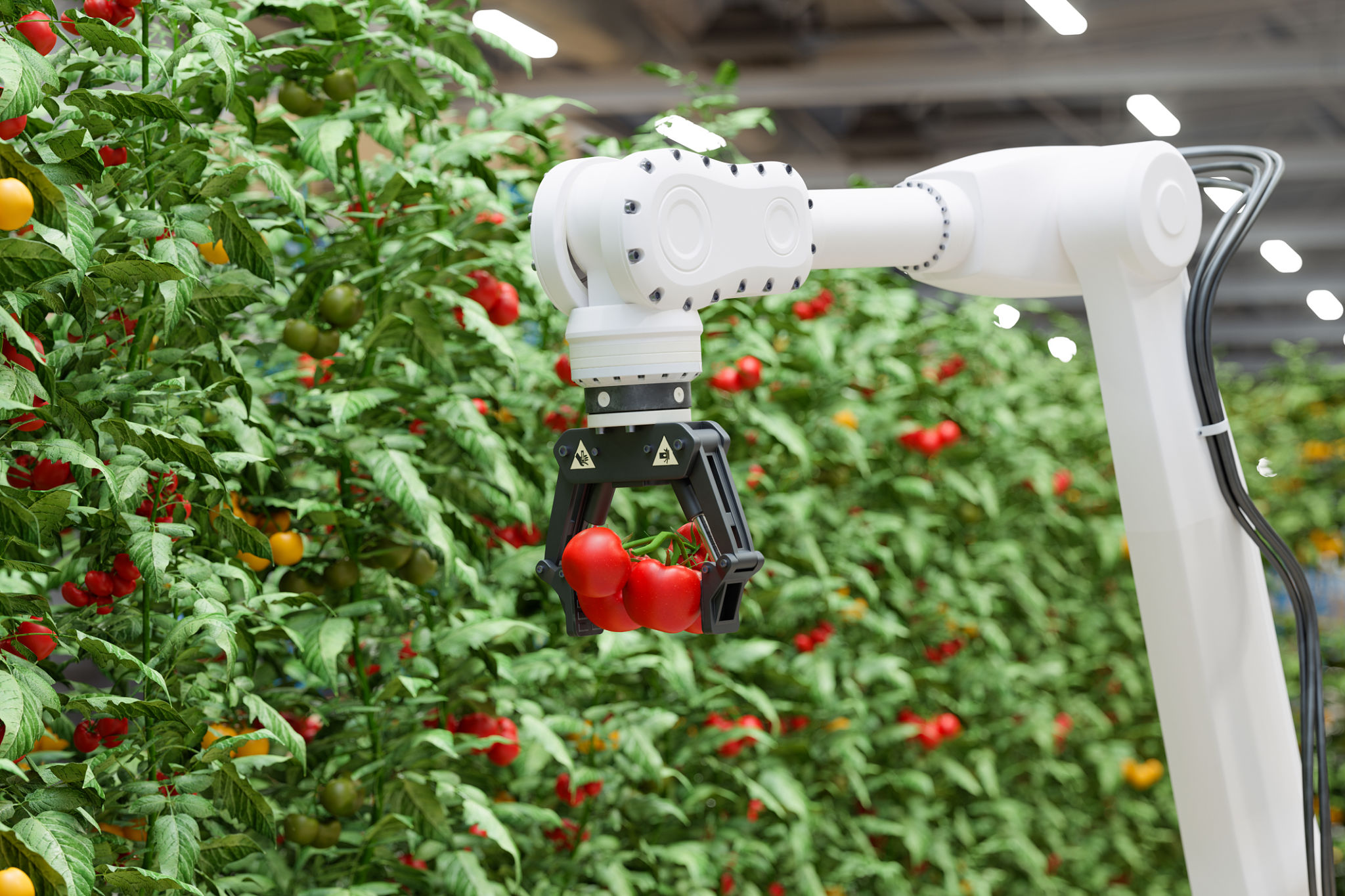Comparing Robotic Systems for Precision Farming: What Works Best for You?
Understanding Precision Farming
Precision farming is revolutionizing agriculture by enabling farmers to increase productivity while reducing costs. At the heart of this technological transformation are robotic systems designed to perform various agricultural tasks with high efficiency and accuracy. These robotic systems are now integral in managing resources and optimizing yields, but choosing the right one can be a daunting task. This guide aims to compare different robotic systems to help you determine what might work best for your farm.

Key Types of Robotic Systems
Autonomous Tractors
Autonomous tractors are a significant advancement in precision farming. They are designed to carry out tasks such as plowing, planting, and harvesting with minimal human intervention. These tractors use advanced GPS technology and sensors to navigate fields precisely. The benefits include reduced labor costs and increased efficiency, making them an attractive choice for large-scale farms.
Drone Technology
Drones have become a staple in precision farming due to their ability to gather real-time data from above. Equipped with cameras and sensors, drones can monitor crop health, assess soil conditions, and even assist in planting seeds. Farmers benefit from the aerial perspective, which provides valuable insights for decision-making. However, the effectiveness of drones can be influenced by weather conditions and regulatory restrictions.

Evaluating System Efficiency
Robotic Harvesters
Robotic harvesters are designed to pick fruits and vegetables with precision and care, reducing waste and damage to produce. These robots use advanced imaging technology to identify ripe produce and perform harvesting tasks. While they offer significant labor savings and improved harvest quality, the initial investment can be substantial, making them more suited for high-value crops.
Soil Sampling Robots
Soil sampling robots automate the process of collecting soil samples and analyzing them for nutrient content. By providing detailed insights into soil composition, these robots enable farmers to apply fertilizers more efficiently, leading to better crop yields. Their precision ensures that no area is over or under-fertilized, promoting sustainable farming practices.

Factors to Consider When Choosing a Robotic System
Farm Size and Type
The size and type of your farm play a crucial role in determining the most suitable robotic system. Large farms may benefit more from autonomous tractors due to their ability to cover extensive areas quickly. Smaller farms might find drones or smaller robotic systems more cost-effective and versatile. Consider your specific needs before making a decision.
Budget Constraints
Your budget is another critical factor in choosing a robotic system. While advanced robotics can offer significant long-term savings in labor and efficiency, the initial investment can be high. It's important to weigh the upfront costs against potential benefits and savings over time. Look for systems that offer scalability or modular upgrades as your farm grows.

Conclusion: Making the Right Choice
Choosing the right robotic system for precision farming involves evaluating various factors such as farm size, budget, and specific agricultural needs. By understanding the capabilities and limitations of each system, you can make an informed decision that aligns with your farming goals. As technology continues to evolve, these robotic systems will undoubtedly become even more integral to efficient and sustainable farming practices.